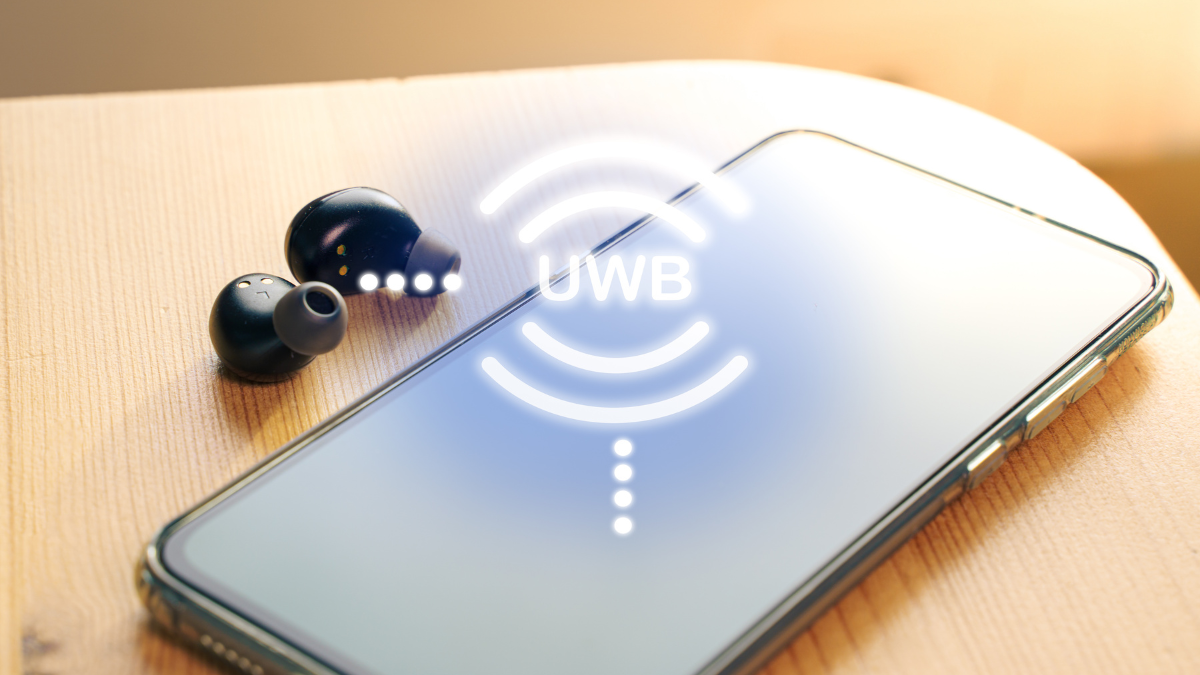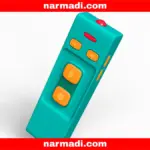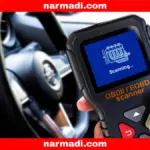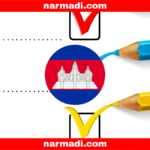Ultra-wideband (UWB) is a wireless communication technology with extremely wide bandwidth, typically used for high-precision applications such as location tracking, short-range data transfer, and IoT devices.
All UWB-enabled devices circulating in Indonesia must ensure their quality, safety, and compliance with applicable regulations through testing standards.
These UWB testing standards are contained in the Decree of the Minister of Communication and Digital No. 260 of 2024 which regulates various technical aspects, ranging from radio frequency, and transmitting power, to testing methods.
Also Read
This article will fully discuss the UWB testing standards based on the latest regulations, including the certification steps you need to know.
Table of Contents
New Regulations on UWB Technology
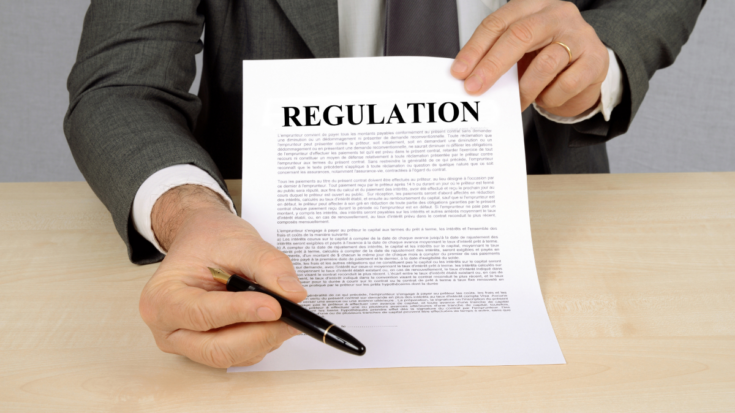
KEPMEN KOMINFO No. 260 Year 2024 specifies UWB operational frequencies to ensure devices work without interfering with other devices.
These frequency bands are divided based on maximum average spectral power (dBm/MHz) and maximum peak EIRP (dBm/50 MHz).
The following are the standard specifications:
| Radio Frequency Band | Maximum Value of Mean Power Spectral Density (dMb/MHz) | EIRP Density Maximum Peak (dBm/50 MHz) | Other Emissions | Testing Method |
| 3,1-3,4 GHz | -70 | -36 | EN 302 065 | EN 302 065 and/or EN 303 883 |
| 3,4-3,8 GHz | -80 | -40 | ||
| 3,8-6,0 GHz | -70 | -30 | ||
| 6,0-8,5 GHz | -41,3 | 0 | ||
| 8,5-10,6 GHz | -65 | -25 |
This standard specification aims to limit the transmitting power of UWB devices so as not to interfere with other telecommunication services and optimize frequency spectrum efficiency.
UWB Testing Standards
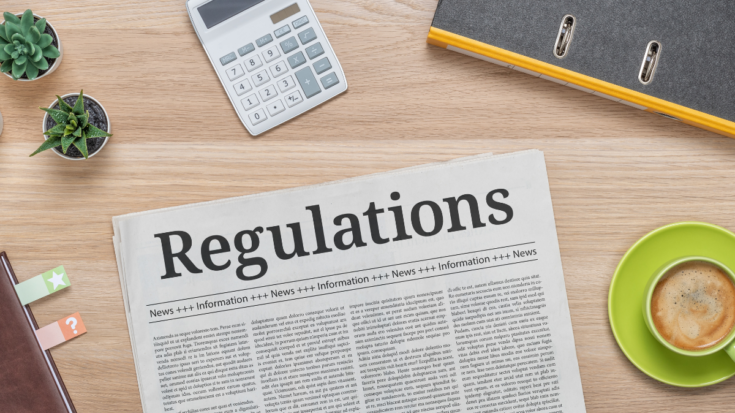
Ministerial Decree of the Ministry of Communication and Digital No. 260 of 2024 refers to international standards-based test methods such as FCC, EN, and ANSI. Here are some of the main testing methods:
Spurious emission testing
Spurious emissions are unwanted signals emitted outside the operational frequency band of UWB devices. KEPMEN KOMINFO sets maximum limits to prevent interference with other services.
Spurious emission limits are measured using a device such as a spectrum analyzer and must be below the thresholds set by international standards EN 302 065 and EN 303 883.
Spurious emission testing prevents interference with other devices, such as WLANs or public communication systems.
Electromagnetic compatibility (EMC) testing
Electromagnetic compatibility ensures that UWB devices do not suffer from electromagnetic interference from other devices or cause electromagnetic interference that affects other devices.
There are three EMC testing standards, namely SNI IEC CISPR 32: 2015, IEC CISPR 32, and one of the ETSI EN 301 489 series.
The purpose of EMC testing is to ensure that UWB devices can function properly in complex electromagnetic environments.
Transmit power testing
This test is performed to ensure the UWB device complies with the maximum allowed transmit power limit in a particular frequency band.
The maximum average spectral power of the transmit power test is measured in dBm/MHz to check the average transmit power of the device.
Peak density EIRP transmit power testing is used to measure the peak transmit power in dBm/50 MHz.
The purpose of this test is to ensure that the UWB device does not emit signals that exceed the specified limits.
Non-ionizing radiation testing
UWB devices must comply with non-ionizing radiation limits that are safe for users. This radiation is tested to ensure the device does not produce radiation levels that are harmful to health.
This testing also aims to conform to ICNIRP (International Commission on Non-Ionizing Radiation Protection) standards.
Non-ionizing radiation testing methods use specialized measuring devices to verify radiation levels are within established thresholds.
Testing Methods
Testing of UWB devices refers to the international standards EN 302 065 for general testing of UWB devices and EN 303 883 for more detailed specific testing of UWB devices.
These tests are conducted by official laboratories recognized by the Ministry of Communications and Digital (KOMDIGI) to ensure the devices meet all technical requirements.
UWB Certification Process in Indonesia

For UWB devices to be used legally in Indonesia, certification from DJID is required. Here are the steps to get it:
Pre-testing
Manufacturers or importers conduct pre-testing to ensure the device meets technical standards before it is tested at an authorized laboratory.
Official laboratory testing
Tests are conducted by laboratories recognized by KOMINFO to verify compliance with transmitting power, spurious emission, EMC, and radiation standards.
Certificate issuance
If the device passes all tests, an official certificate will be issued by the Directorate General of Digital Infrastructure (DJID), allowing the device to be legally marketed in Indonesia.
KEPMEN KOMINFO No. 260 Year 2024 provides complete technical guidance for UWB testing standards, from operational frequency to non-ionizing radiation.
By complying with these standards, manufacturers can ensure their devices are safe, quality, and compliant with regulations, while consumers get reliable and safe-to-use products.
Every manufacturer must meet the DJID certification document requirements is very important for companies or individuals who wish to bring telecommunications equipment to the Indonesian market.
If you need help in processing this certification, using DJID certification services could be the right solution.

